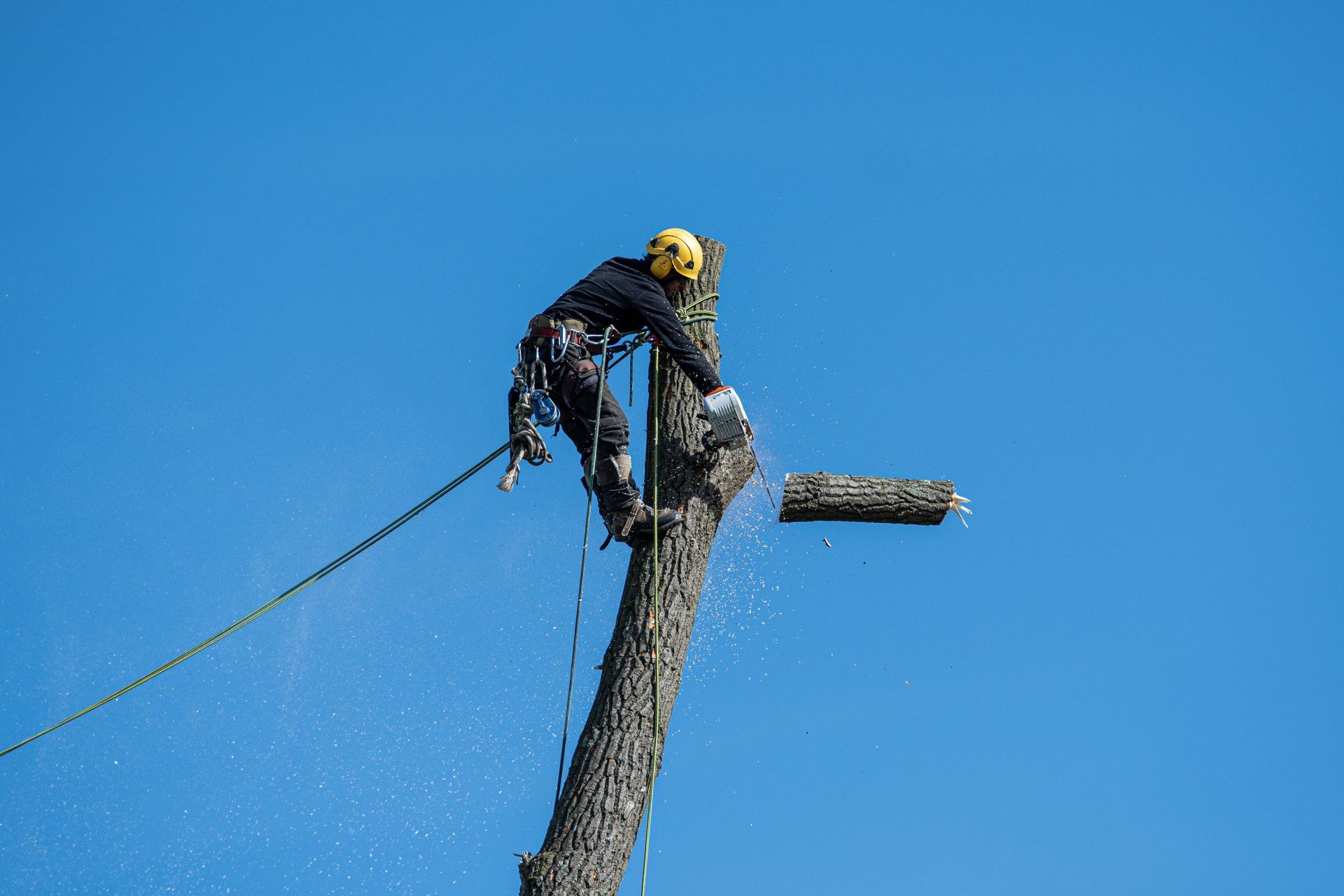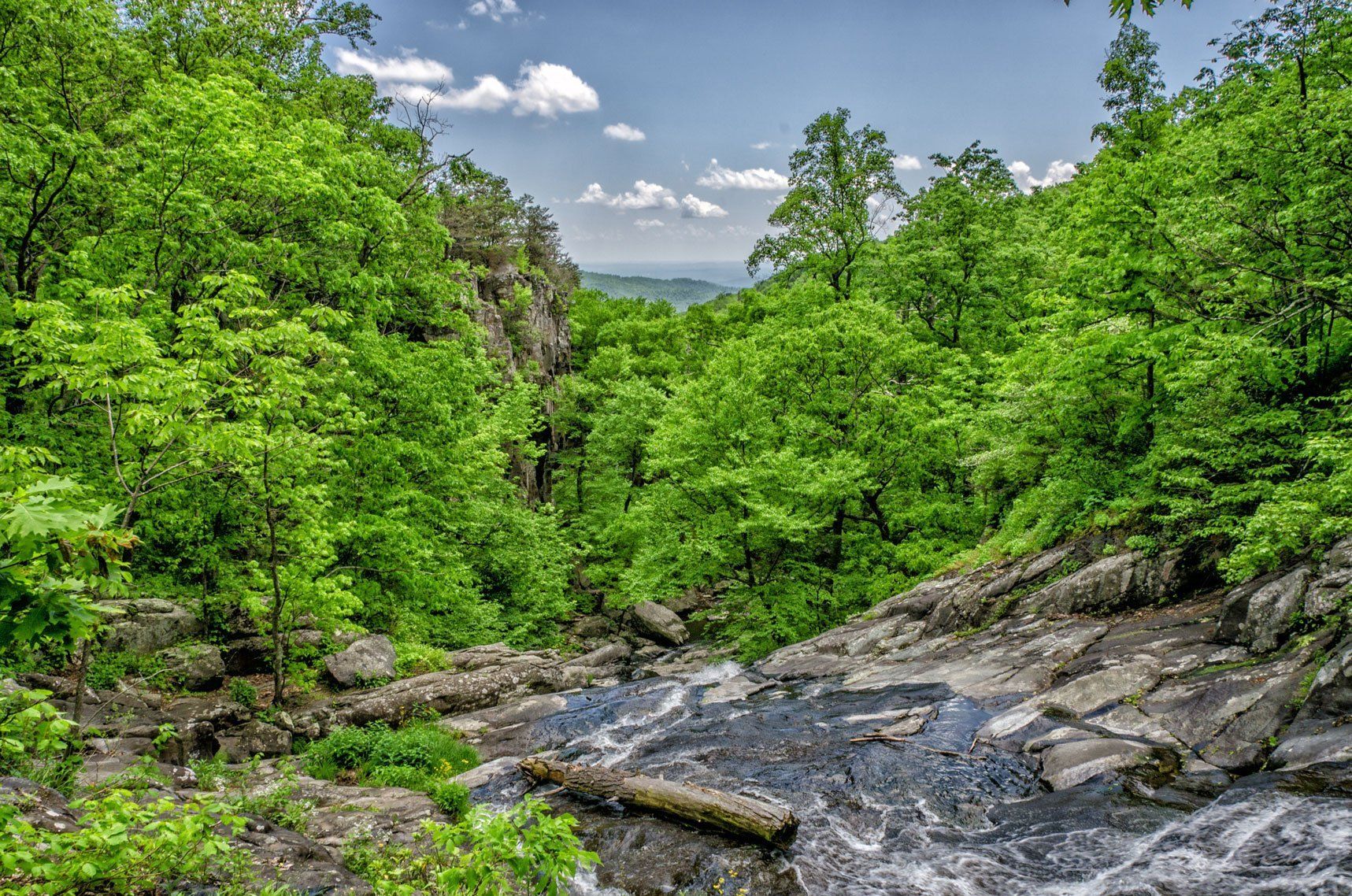Preserving Nature: The Top 10 Things to Avoid When Cutting Down Trees
Preserving Nature: Considerations for Responsible Tree Cutting

In our quest for progress and development, it's crucial to strike a balance between human needs and environmental conservation. One area where this delicate equilibrium is often tested is in the process of cutting down trees. While tree removal may sometimes be necessary, it's essential to approach it with care and responsibility. In this blog post, we'll explore key considerations to keep in mind when cutting down trees to ensure the health of our ecosystems and the sustainability of our planet.
Ignoring Local Regulations and Permits:
Before taking any action, it's imperative to research and understand the local regulations and obtain the necessary permits. Violating these regulations can result in severe consequences, including fines and legal repercussions. By adhering to the rules, you contribute to responsible forestry management.
Lack of Proper Planning:
Tree removal should never be a hasty decision. Adequate planning involves assessing the tree's health, potential impact on the surrounding environment, and the best time to perform the removal. Rushing through this process may lead to unforeseen problems, such as damage to nearby structures or injury to individuals.
Incorrect Tree Identification:
Knowing the species of the tree you intend to cut is crucial. Different trees have different characteristics, and some may be protected by law. Misidentifying a tree can lead to the unnecessary removal of a protected or valuable species, negatively impacting biodiversity and ecosystem health.
Improper Tools and Equipment:
Using the wrong tools or equipment can result in inefficient tree removal, increased safety risks, and potential damage to the environment. Ensure you have the appropriate tools, such as chainsaws, ropes, and safety gear, and that they are well-maintained before initiating the cutting process.
Neglecting Safety Protocols:
Safety should always be a top priority when cutting down trees. Neglecting safety protocols can lead to accidents and injuries. Make sure to wear appropriate protective gear, follow proper cutting techniques, and, if necessary, hire professionals with experience in tree removal.
Disregarding Wildlife Habitats:
Trees are often home to various wildlife species. Cutting down trees without considering the potential impact on local fauna can disrupt ecosystems and lead to the displacement of animals. Conduct thorough surveys to identify and protect wildlife habitats before proceeding with tree removal.
Improper Disposal of Waste:
After cutting down a tree, it's essential to dispose of the waste responsibly. Recycling or repurposing wood, rather than allowing it to decompose in landfills, is a more environmentally friendly option. Consider using the wood for mulch, firewood, or other sustainable purposes.
Overlooking Tree Health Issues:
Before deciding to cut down a tree, assess its health. If a tree is diseased or infested, there may be alternatives to cutting it down. Consulting with an arborist can help determine the best course of action, such as pruning, treatments, or allowing natural processes to take their course.
Ignoring the Impact on Soil:
Tree removal can have a significant impact on the surrounding soil. The roots of trees play a crucial role in preventing soil erosion and maintaining stability. Cutting down trees without considering the potential consequences on soil quality can lead to environmental degradation.
Neglecting Replanting and Reforestation:
To mitigate the environmental impact of tree removal, it's essential to engage in replanting and reforestation efforts. Planting new trees helps restore the ecosystem, maintain biodiversity, and counteract deforestation. Consider participating in local tree-planting initiatives to contribute to a sustainable and greener future.
You might also like
Book a Service Today
We will get back to you as soon as possible
Please try again later
All Rights Reserved | Company Name | Powered by Snapps


